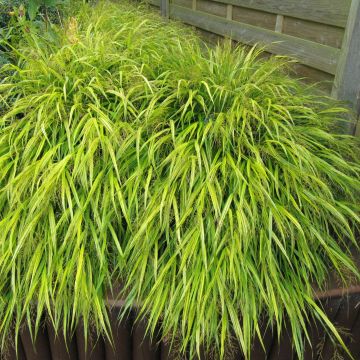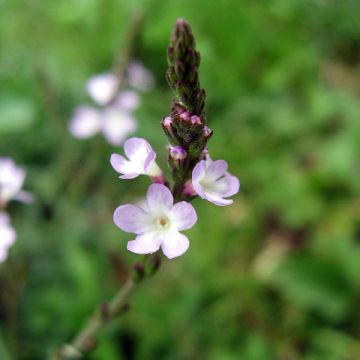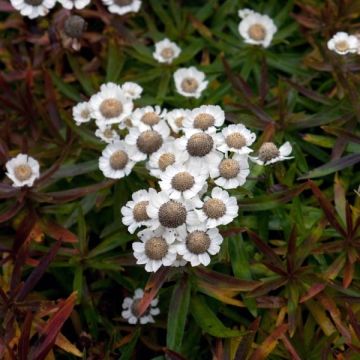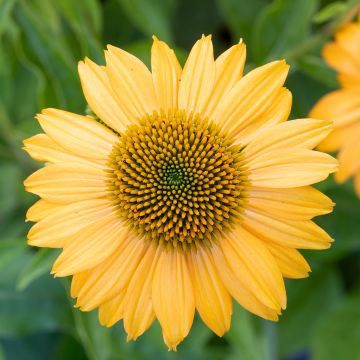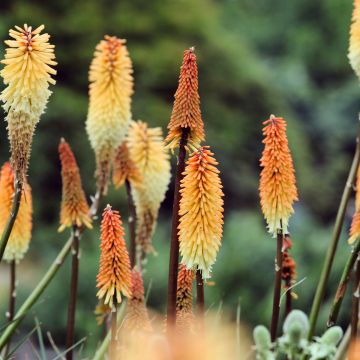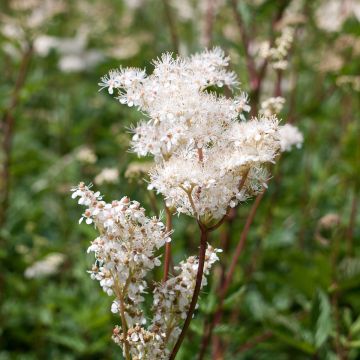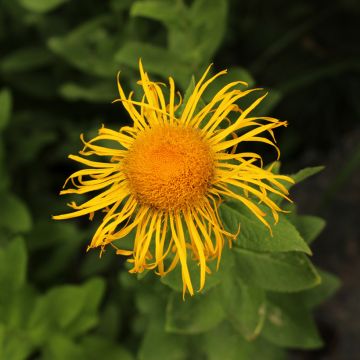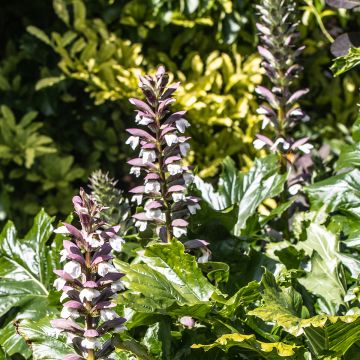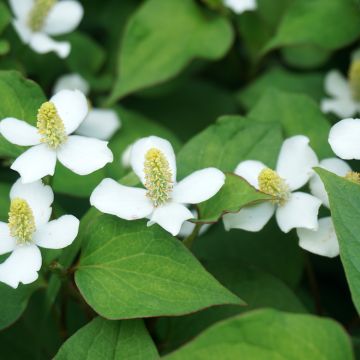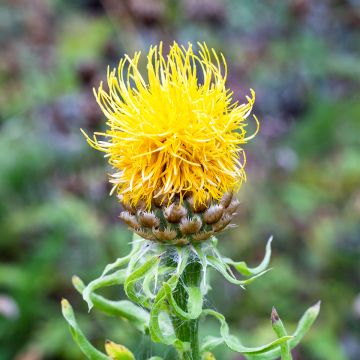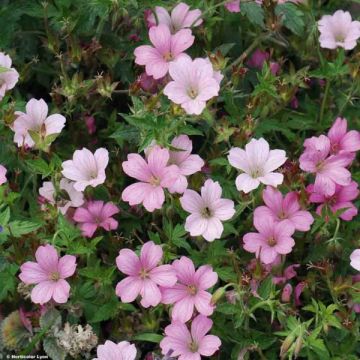

Hakonechloa Collection - Japanese Forest Grass
Hakonechloa Collection - Japanese Forest Grass
Hakonechloa macra Aureola, Nicolas, Naomi
Japanese Forest Grass
This item cannot be shipped to the selected country
Delivery charge from €5.90
More information
Schedule delivery date,
and select date in basket
This plant carries a 12 months recovery warranty
More information
We guarantee the quality of our plants for a full growing cycle, and will replace at our expense any plant that fails to recover under normal climatic and planting conditions.
From €5.90 for pickup delivery and €6.90 for home delivery
Express home delivery from €8.90.
Does this plant fit my garden?
Set up your Plantfit profile →
Collection items (3 plants)
Description
We offer you a Collection of Hakonechloas, known as Japanese forest grass. These three different varieties are perennial plants valued for their soft and colourful foliage. Perfect for shaded or semi-shaded gardens, they form, after a few years of cultivation, magnificent hemispherical cushions that bring texture and changing colours throughout the seasons. These hardy grasses, often with deciduous foliage, thrive in moist, well-drained, humus-bearing soil. Hakonechloas also adapt well to pot cultivation on a shaded terrace or balcony.
The collection consists of:
1 x Hakonechloa macra 'Aureola': this variety stands out for its bright green foliage striped with golden yellow. The plant reaches 30 cm in height and spreads to 40 cm.
1 x Hakonechloa macra 'Nicolas': unique for its leaves that change from green to fiery red in autumn, 'Nicolas' reaches about 40 cm in height and 60 cm in width.
1 x Hakonechloa macra 'Naomi': its foliage combines purples and greens, creating a changing effect with the light. More compact, it reaches 35-40 cm in height.
Plant your Hakonechloas in spring or autumn in well-drained, humus-bearing, slightly acidic soil that does not dry out too much in summer. They thrive in shaded beds, borders, or even moist rockeries. Space the plants harmoniously: place 'Aureola' in the foreground to brighten, followed by 'Naomi' in the background for a depth effect. Maintain a distance of 30 to 40 cm between each young plant for optimal growth and dense coverage. In pots, ensure good drainage and regular watering.
Easily create a harmonious composition by combining this Hakonechloas collection with Purple Heuchera 'Palace Purple', which will contrast beautifully with the gold of 'Aureola'. Plant three young plants in front of the Hakonechloas to create a colourful carpet. At the back, Hosta 'Blue Angel' will add a touch of bluish green; two young plants will suffice. Three young plants of Japanese Fern Athyrium niponicum 'Pictum', with their silver and purple fronds, mixed with the Hakonechloas, will perfectly complete this colourful shaded scene.
.
Report an error about the product description
Flowering
Foliage
Plant habit
Botanical data
Hakonechloa
macra
Aureola, Nicolas, Naomi
Poaceae
Japanese Forest Grass
Cultivar or hybrid
Other Hakonechloa
Planting and care
Hakonechloa macra enjoys damp to moist, but well-drained soil. It can withstand shade and accepts full sun in moist stony soil. A spring fertiliser will stimulate the growth of new leaves. Prune your young plant at the end of February before the new leaves emerge.
To cultivate Hakonechloas in pots, choose a container that is at least 30 cm in diameter and depth and equipped with drainage holes to prevent water accumulation. Use quality potting soil enriched with compost, mixed with a bit of sand or perlite to improve drainage. Place the pots in partial shade or dappled sunlight. Water regularly to maintain moist soil, allowing the surface to dry slightly between waterings to avoid excess moisture; reduce watering in winter. Apply a balanced liquid fertiliser every 4 to 6 weeks during the growth season to support their development. At the end of winter or early spring, prune dead leaves to encourage new growth, and add a layer of compost or fresh potting soil on top of the pot.
In winter, protect the pots from severe frosts by placing them in a sheltered spot or covering them with hessian or a frost protection fleece.
Planting period
Intended location
Care
This item has not been reviewed yet - be the first to leave a review about it.
Summer flowering perennials
Haven't found what you were looking for?
Hardiness is the lowest winter temperature a plant can endure without suffering serious damage or even dying. However, hardiness is affected by location (a sheltered area, such as a patio), protection (winter cover) and soil type (hardiness is improved by well-drained soil).

Photo Sharing Terms & Conditions
In order to encourage gardeners to interact and share their experiences, Promesse de fleurs offers various media enabling content to be uploaded onto its Site - in particular via the ‘Photo sharing’ module.
The User agrees to refrain from:
- Posting any content that is illegal, prejudicial, insulting, racist, inciteful to hatred, revisionist, contrary to public decency, that infringes on privacy or on the privacy rights of third parties, in particular the publicity rights of persons and goods, intellectual property rights, or the right to privacy.
- Submitting content on behalf of a third party;
- Impersonate the identity of a third party and/or publish any personal information about a third party;
In general, the User undertakes to refrain from any unethical behaviour.
All Content (in particular text, comments, files, images, photos, videos, creative works, etc.), which may be subject to property or intellectual property rights, image or other private rights, shall remain the property of the User, subject to the limited rights granted by the terms of the licence granted by Promesse de fleurs as stated below. Users are at liberty to publish or not to publish such Content on the Site, notably via the ‘Photo Sharing’ facility, and accept that this Content shall be made public and freely accessible, notably on the Internet.
Users further acknowledge, undertake to have ,and guarantee that they hold all necessary rights and permissions to publish such material on the Site, in particular with regard to the legislation in force pertaining to any privacy, property, intellectual property, image, or contractual rights, or rights of any other nature. By publishing such Content on the Site, Users acknowledge accepting full liability as publishers of the Content within the meaning of the law, and grant Promesse de fleurs, free of charge, an inclusive, worldwide licence for the said Content for the entire duration of its publication, including all reproduction, representation, up/downloading, displaying, performing, transmission, and storage rights.
Users also grant permission for their name to be linked to the Content and accept that this link may not always be made available.
By engaging in posting material, Users consent to their Content becoming automatically accessible on the Internet, in particular on other sites and/or blogs and/or web pages of the Promesse de fleurs site, including in particular social pages and the Promesse de fleurs catalogue.
Users may secure the removal of entrusted content free of charge by issuing a simple request via our contact form.
The flowering period indicated on our website applies to countries and regions located in USDA zone 8 (France, the United Kingdom, Ireland, the Netherlands, etc.)
It will vary according to where you live:
- In zones 9 to 10 (Italy, Spain, Greece, etc.), flowering will occur about 2 to 4 weeks earlier.
- In zones 6 to 7 (Germany, Poland, Slovenia, and lower mountainous regions), flowering will be delayed by 2 to 3 weeks.
- In zone 5 (Central Europe, Scandinavia), blooming will be delayed by 3 to 5 weeks.
In temperate climates, pruning of spring-flowering shrubs (forsythia, spireas, etc.) should be done just after flowering.
Pruning of summer-flowering shrubs (Indian Lilac, Perovskia, etc.) can be done in winter or spring.
In cold regions as well as with frost-sensitive plants, avoid pruning too early when severe frosts may still occur.
The planting period indicated on our website applies to countries and regions located in USDA zone 8 (France, United Kingdom, Ireland, Netherlands).
It will vary according to where you live:
- In Mediterranean zones (Marseille, Madrid, Milan, etc.), autumn and winter are the best planting periods.
- In continental zones (Strasbourg, Munich, Vienna, etc.), delay planting by 2 to 3 weeks in spring and bring it forward by 2 to 4 weeks in autumn.
- In mountainous regions (the Alps, Pyrenees, Carpathians, etc.), it is best to plant in late spring (May-June) or late summer (August-September).
The harvesting period indicated on our website applies to countries and regions in USDA zone 8 (France, England, Ireland, the Netherlands).
In colder areas (Scandinavia, Poland, Austria...) fruit and vegetable harvests are likely to be delayed by 3-4 weeks.
In warmer areas (Italy, Spain, Greece, etc.), harvesting will probably take place earlier, depending on weather conditions.
The sowing periods indicated on our website apply to countries and regions within USDA Zone 8 (France, UK, Ireland, Netherlands).
In colder areas (Scandinavia, Poland, Austria...), delay any outdoor sowing by 3-4 weeks, or sow under glass.
In warmer climes (Italy, Spain, Greece, etc.), bring outdoor sowing forward by a few weeks.






































